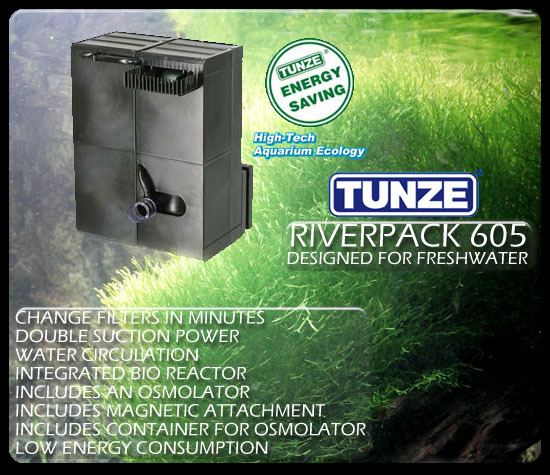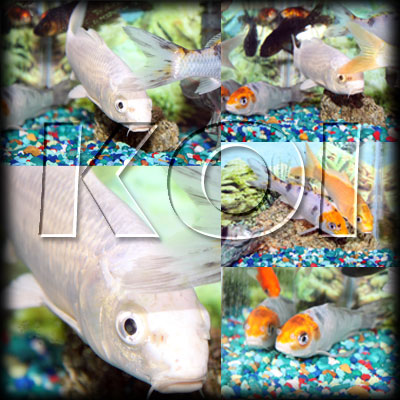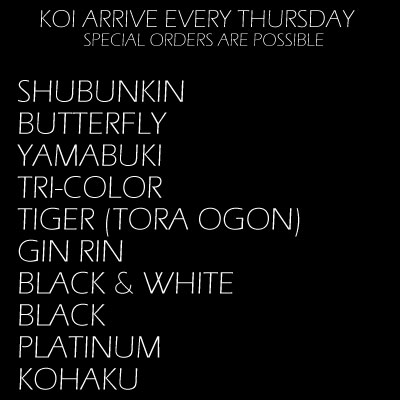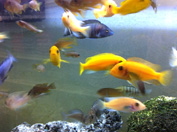
We keep a large variety of cichlids, mostly African, as they are more
colorful and sell the fastest. We can also order in South Americans, such as Jack dempseys, Oscars, Flowerhorns, etc. If you are interested
in keeping cichlids there are a few things you will want to take into
consideration such as tank size, and substrates. We recommend using
a cichlid specific substrate. This will help buffer your water and
lead to a happier healthy fish. You wil also need a large enough tank
for the fish you intend to keep. Just because you see a tank full
of two inch colorful African Cichlids does not mean they will always
be that size. Plan accordingly to the estimated final size of your
fish and provide an aquarium large enough for them to grow. Cichlids
will also benefit from lots of rock in the aquarium. Use reef rock
as it will continue to help buffer your tank water and help to maintain
a proper pH for the fish.
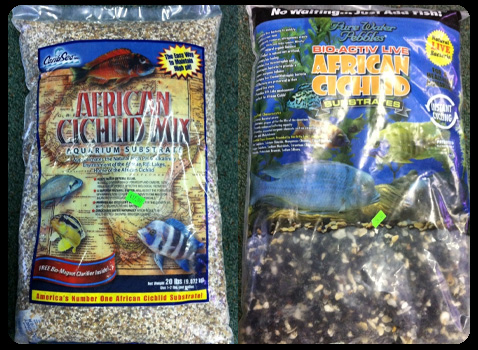
Inverts
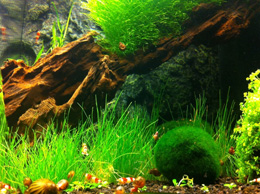 We
have always enjoyed inverts such as snails in our aquariums, but recently
you may have noticed an increasing presence of shrimp into the hobby.
It began with the Ammano shrimp which several years ago made its way
here from Japan where its use as a tank janitor was well established.
It has lead the way for even more exotic shrimp such as the crystals,
bamboos, cherries, blueberries, etc. Some of these shrimp demand high
prices on the market and some are used for algae grazing while others
are simply an ornamental resident much like a prized show guppy. We
have raised our own line of cherry shrimp for years and occasionally
have them available for sale at the shop. If you are thinking about
getting into shrimps for your tank just remember shrimp are small
and larger fish will eat your shrimp. You will also find that shrimp
benefit from heavy planting. They lay eggs on the plants as well as
graze on the fine algae's that grow on the plants. Some of the best
plants to use for shrimp include, Java moss, star grass, java ferns.
Some shrimp require higher pH than others and others such as the cherry
shrimp are far more adaptable to various tank conditions.
We
have always enjoyed inverts such as snails in our aquariums, but recently
you may have noticed an increasing presence of shrimp into the hobby.
It began with the Ammano shrimp which several years ago made its way
here from Japan where its use as a tank janitor was well established.
It has lead the way for even more exotic shrimp such as the crystals,
bamboos, cherries, blueberries, etc. Some of these shrimp demand high
prices on the market and some are used for algae grazing while others
are simply an ornamental resident much like a prized show guppy. We
have raised our own line of cherry shrimp for years and occasionally
have them available for sale at the shop. If you are thinking about
getting into shrimps for your tank just remember shrimp are small
and larger fish will eat your shrimp. You will also find that shrimp
benefit from heavy planting. They lay eggs on the plants as well as
graze on the fine algae's that grow on the plants. Some of the best
plants to use for shrimp include, Java moss, star grass, java ferns.
Some shrimp require higher pH than others and others such as the cherry
shrimp are far more adaptable to various tank conditions.
Setting up your first tank
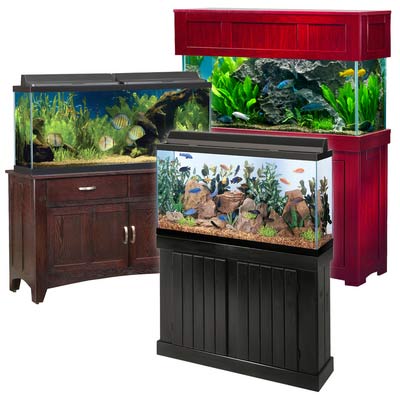 There
are a few steps you need to take in setting up your first aquarium.
First you need a tank, pick one that is within your budget and one
that will be the proper size for the fish you are wanting to keep.
There is a popular myth that the a fish will only grow to the size
tank it is kept in. This is not the case and can lead to serious problems
in the future. For example, remember the common pleco can grow to over
a foot in about a year and a half. Fortunately Specialty Pets takes
in trades on larger fish but we have our limits and some species we
wont take.
There
are a few steps you need to take in setting up your first aquarium.
First you need a tank, pick one that is within your budget and one
that will be the proper size for the fish you are wanting to keep.
There is a popular myth that the a fish will only grow to the size
tank it is kept in. This is not the case and can lead to serious problems
in the future. For example, remember the common pleco can grow to over
a foot in about a year and a half. Fortunately Specialty Pets takes
in trades on larger fish but we have our limits and some species we
wont take.
After you decide what size tank you will require you will need to
get an appropriate sized filtration system for your tank. This can
range from Hang On the Back filters to sumps and canister filters.
For the best results, choose a filter rated for at least two times
the tanks volume. Small tanks with smaller fish tend to do fine with
hang on back filters. Larger tanks with heavier stock loads will benifit
from a much larger filter solution such as a canister filter or a
sump. You will need a heater as well, check the box for ratings as
each will vary. Never trust a used or damaged heater, always replace
any heater that is not functioning properly. Never use a heater that
is to small for your tank, the thermostat is likely to fail and stick
on causing the tank to over heat and likely kill all of your livestock.
Once you have chosen your filter method it's time for substrate. For
years the most common substrate used was colored gravel but today's
hobbies can choose from many different substrates designed specifically
for the live stock they wish to keep. Cichlids for example do better
with a more calcium rich substrate, this helps to maintain proper
Ph and minerals in the tank. Plants do best with a good quality plant
material. We use and highly recommend Eco-Complete, this is the substrate
we have used in our plant tanks for years. If you just want a tank
with plain old gravel, that's still around as well. Today you can
choose from nearly every shade of the rainbow. What ever you choose
just make sure you choose enough for nitrifying bacteria to colonize
as you enter the nitrogen
cycle.
Cycling
Cycling is the process
of a tanks biological filtration coming into balance. You won't be
able to throw in a full animal load into a newly set up tank because
there are no beneficial bacteria in the water yet to help break
down any waste products from the animals. In order for a tank to cycle
there must be bacteria present in the water. We can add this by introducing
a bottled solution or we can add several fish which are more resistant
to ammonia and bad water conditions, such as the common feeder gold
fish. Once the cycle begins the tank will begin to have a milky appearance. This is a bloom of bacteria and once it colonizes and balances out
the milky appearance will dissipate. It is important that you do absolutely
nothing to hinder the tanks cycle. A cycle must occur and any water
changes during the cycle will only delay it further. Cycle time varies
depending on media used to introduce bacteria to the size of the tank,
and depth and type of substrate used. DO NOT ADD ANY FISH other than
your cycle gold fish until after the cycle has completed as the water's
toxicity will likely stress out any new tank occupants potentially
causing disease and death.
Be patient it takes time for the nitrogen cycle to balance out. When
this occurs we say the tank is "cycled". We advise our customers
to bring in a water sample weekly so we can tell when it is safe to
add fish. We look for ammonia levels to increase at first followed
by a rise in nitrite levels. When both ammonia and nitrite fall nitrates
will begin to rise. This is when the first 25% water change should
take place. After a cycle it is recommended to add your livestock
slowly so as not to throw the tank out of balance. Maintain your tank
by removing uneaten foods and waste by doing partial water changes
at least once a month and you will have a happy healthy aquarium for
years to come.


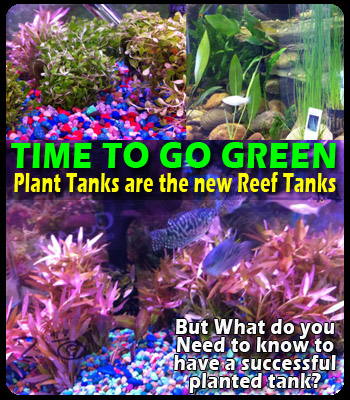

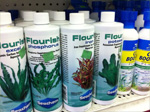

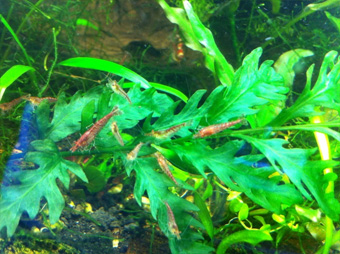 arcu suscipit tincidunt.
arcu suscipit tincidunt. 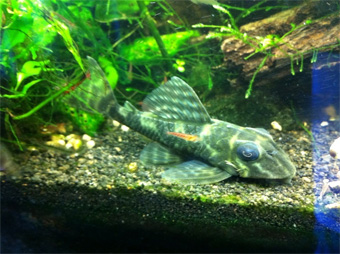
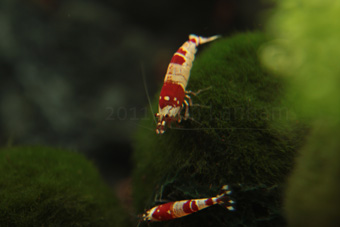
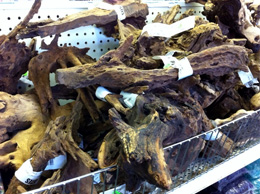





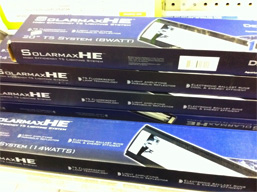
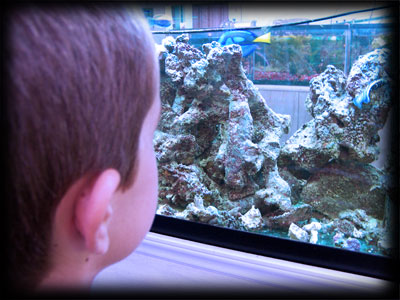 If
you are setting up your first tank, you will want to follow some simple
guidelines that we use for setting up a new system. First you will
need a heater and adequate filter for your tank. If you are planning
to have a lot of fish remember you will require more filtration than
a tank with few fish. You will also need a heater rated a little above
your tank size. This will help the heating elements to last longer than
on a smaller sized heater which will likely be running far more. You
may also add an air pump for additional oxygen also add your gravel
or substrate. The first thing you will want to do is make sure your
equipment works and that there are no leaks. once you do this add in
some starter bacteria to kick off your tanks nitrogen cycle. We recommend
adding a few gold fish as they are more equipped to survive in high
ammonia that will kill most other fish. Once your tank is finished cycling
you may remove the gold fish and return them to the shop for credit
toward your first fish. Insure that your tank ammonia and nitrite levels
are in the safe zone prior to adding any other fish to the tank. We
can also conduct weekly water tests for you and help you decide when
it's safe to put fish into your system. By taking your time and doing
it slowly you will soon have a great tank that you can be proud of.
If
you are setting up your first tank, you will want to follow some simple
guidelines that we use for setting up a new system. First you will
need a heater and adequate filter for your tank. If you are planning
to have a lot of fish remember you will require more filtration than
a tank with few fish. You will also need a heater rated a little above
your tank size. This will help the heating elements to last longer than
on a smaller sized heater which will likely be running far more. You
may also add an air pump for additional oxygen also add your gravel
or substrate. The first thing you will want to do is make sure your
equipment works and that there are no leaks. once you do this add in
some starter bacteria to kick off your tanks nitrogen cycle. We recommend
adding a few gold fish as they are more equipped to survive in high
ammonia that will kill most other fish. Once your tank is finished cycling
you may remove the gold fish and return them to the shop for credit
toward your first fish. Insure that your tank ammonia and nitrite levels
are in the safe zone prior to adding any other fish to the tank. We
can also conduct weekly water tests for you and help you decide when
it's safe to put fish into your system. By taking your time and doing
it slowly you will soon have a great tank that you can be proud of.